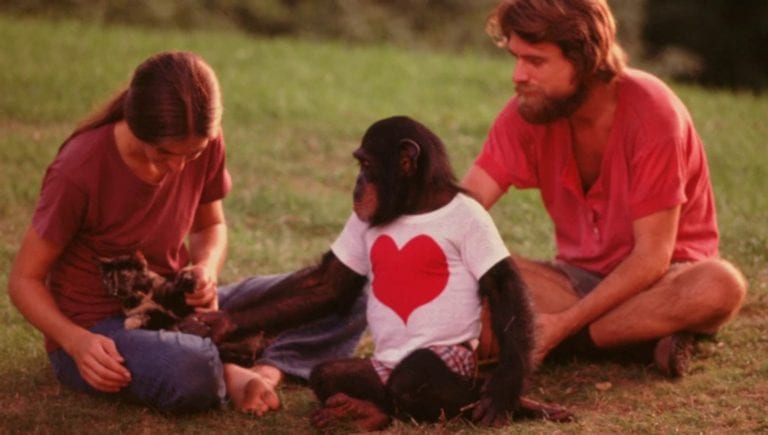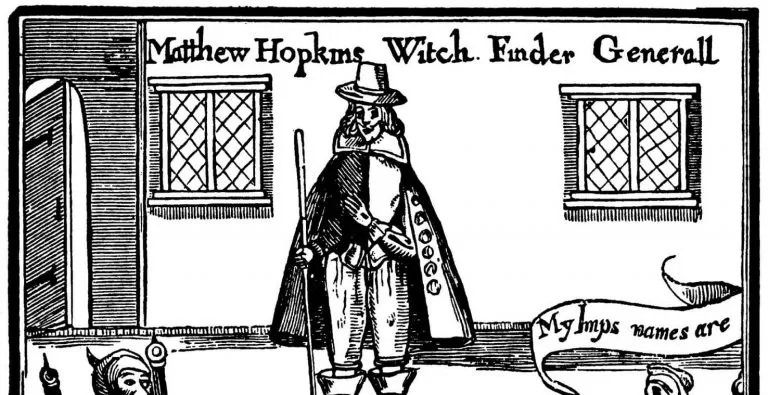Washoe was a common chimpanzee and the first ever non-human to learn how to communicate with sign language, proving that chimps and humans could communicate in a common language. Earlier attempts to teach chimps spoken words had failed because of the chimpanzee’s larynx just cannot produce the sounds.
Washoe was born in West Africa in 1965. She was captured for use by the US Air Force for research for the US space program. Two years later, a project was established by Allen and Beatrix Gardner to teach Washoe ASL. Washoe was raised as close to a human child as possible but instead of speech, those around her only used sign language or remained completely silent. By the time Washoe was 3-years-old, she had learned to respond to at least 132 signs.1
During the project, Washoe was not kept in a cage. “Caging is stressful,” said Allen Gardner. “We know that animals that are not well treated have stress. And stress will affect research results in animals as well as humans.” Washoe had her own trailer which came with a bathtub, a toilet, play space, a bed, a couch and a table. She was taught to eat with utensils, to bathe and dress themselves and was potty trained. In addition, Washoe was able to link words she already knew to name new objects that weren’t in her vocabulary. “I had Washoe out for a walk one time and she saw a duck. I asked her to name it, and she signed, “water bird” said Dr. Ken D’Crew.
In 1970, Washoe moved to the University of Oklahoma with Dr. Roger Fouts, a research assistant who had helped teach her sign language. Here, she was put back with other members of her own species. One day, a gophersnake appeared and the chimps went into a frenzy. Three of them fled but one very young chimp remained, completely oblivious. Washoe signed to the young child to “come, hurry, hurry.” Of course the young chimp didn’t understand and she grabbed him by the arm and dragged him to safety. Her use of attempting to communicate with another chimp during a stressful situation was significant.2

Sadly, Washoe lost several babies via miscarriage and early death. One died from pneumonia several days after its birth. Washoe was distraught and refused to give up the body, signing “my baby, my baby,” over and over again. Then in 1979, Washoe was given an adopted son, Loulis, who was born to another chimp at the University of Oklahoma medical research facility. As soon as Loulis was handed to Washoe, she began to teach her new son how to communicate with sign language.
One of her care workers, Kat, suffered a miscarriage and took a few weeks off work. When she returned, Washoe seemed upset that she had left her for a prolonged period of time. Kat signed that she was sorry and signed “my baby died,” to which Washoe responded by signing the word “cry” before running her finger down Kat’s cheek, mimicking a tear. She then asked Kat for a hug. Washoe, who had lost her own babies, appeared to be sympathetic and understanding toward Kat’s own pain and loss.3
Since 1980, Washoe lived at Central Washington University. She passed away in October 2007 at the age of 42. Washoe was evidence that chimpanzees are deserving of moral status; not only could she communicate with humans, she could grow a bond and personal relationships and feel compassion. Eventually the work with Washoe – and other primates – led to the foundation of the Great Ape Project which strives to “include the non-human great apes [chimpanzees, orangutans, and gorillas] within the community of equals by granting them the basic moral and legal protections that only humans currently enjoy.”4







Comments:
Animals, and chimp especially, are much more intelligent than many give them credit for.
There is a real tinge of sadness in this… very smart monkey though.